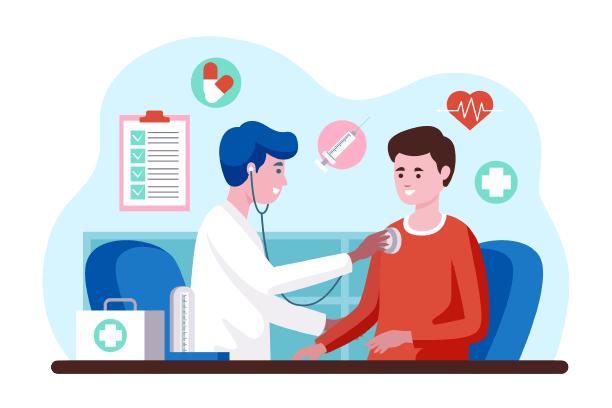If you’ve ever wondered whether or not you have piles, wonder no more. This helpful guide will give you all the information you need to know in order to determine whether or not you have this common condition. Piles, also known as hemorrhoids, are swollen veins in your anus and lower rectum. They can be internal, which means they’re inside your rectum, or they can be external, which means they’re under the skin around your anus.
Pain
If you’re experiencing pain in your anus or rectum, it could be a sign of piles. Piles are swollen veins in your anal canal or lower rectum. They’re similar to varicose veins that can occur in your legs. Piles are common, and they often cause no symptoms. But if you have piles, you may experience bleeding during bowel movements, itching or irritation around your anus, and pain or discomfort when sitting.
There are two types of piles: internal and external. Internal piles are located inside your anal canal. External piles are located under the skin around your anus. If you think you might have piles, see your doctor for a diagnosis. Piles treatment options include lifestyle changes, over-the-counter medications, and surgery.
Bleeding
If you have bleeding from your anus, it could be a sign of piles. Piles, also known as hemorrhoids, are swollen veins in your anus and rectum. They can be internal or external. Internal hemorrhoids are usually not painful, but can bleed. External hemorrhoids are more likely to be painful and can also bleed. If you have bleeding from your anus, it’s important to see a doctor so they can rule out other causes, like cancer.
Itching
When it comes to your bottom, there are a few things you don’t want to itch. But how can you tell if that itch is just a harmless annoyance or something more serious? “Anal itching, or pruritus ani, is a common symptom of a variety of conditions,” Dr. Kendra Segura, MD, a gastroenterologist at Orange Coast Memorial Medical Center in Fountain Valley, California, tells Bustle. “Most often it’s nothing to be alarmed about.” Still, it’s worth paying attention to — and seeking medical help if the itch doesn’t go away.
Swelling
Piles, or hemorrhoids, are swollen blood vessels in your anus and lower rectum. They can range in size from the size of a pea to the size of a grape, and they can be internal or external. If you have piles, you may experience pain, bleeding, and itching. You may also see blood on your toilet paper or in your stool. If your piles are large and painful, you may need to see a doctor for treatment.
Discomfort
There are a few things that can cause discomfort around the anus. One of them is piles, otherwise known as hemorrhoids. Fortunately, there are several things you can do to ease the discomfort of piles. These include taking over-the-counter medication, using topical cream or ointment, and making lifestyle changes such as eating more fiber and drinking plenty of water. With treatment, most people find that their symptoms improve within a few days to weeks.




